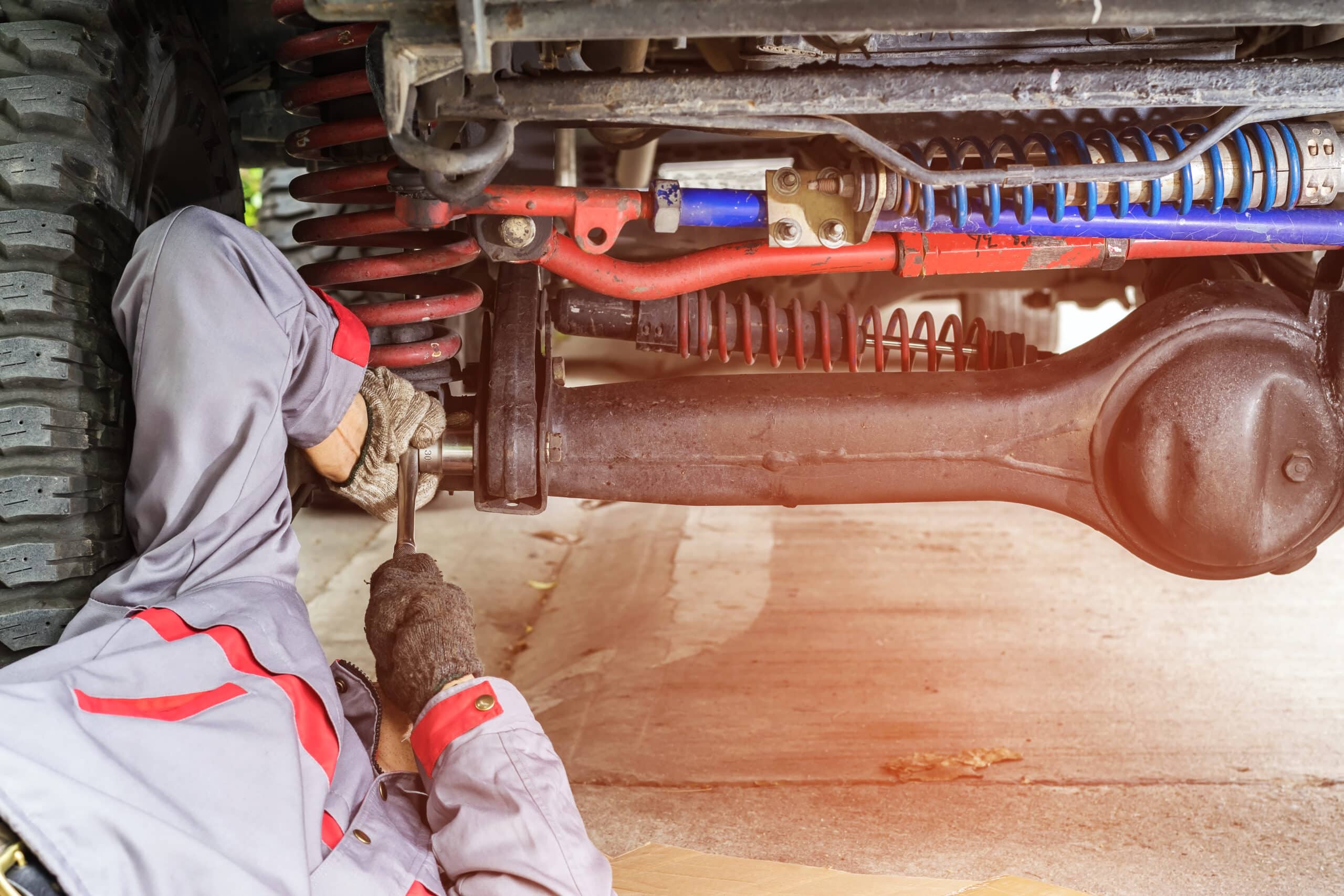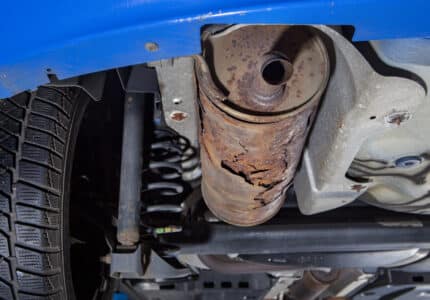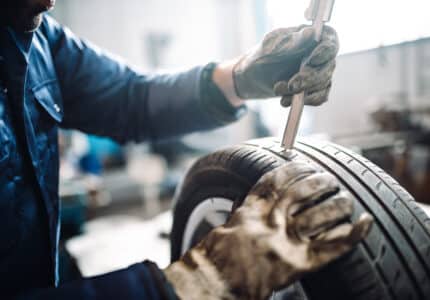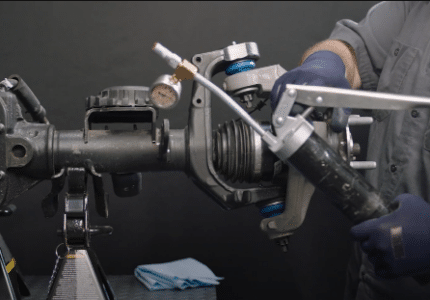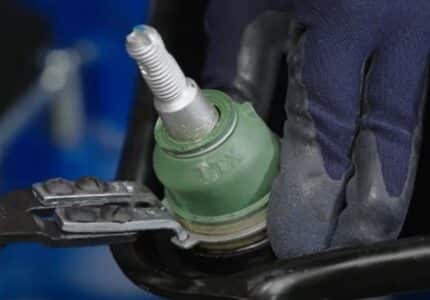NO MORE SHIMMY & SHAKE: DIAGNOSING STEERING WOBBLE
When your steering wheel begins to wobble and your vehicle starts to shimmy and shake, it is a sure sign that something has gone wrong. Most commonly experienced on solid front axle vehicles, steering wobble can be a symptom of serious problems that could threaten both vehicle safety and longevity. Want to know how to diagnose and eliminate this issue? Watch our 30-minute webinar to see what could be causing the dreaded wobble and what to do about it.
What Is Steering Wobble?
Steering wobble refers to a sudden, uncontrollable, and violent shaking of the entire vehicle, not just the steering wheel. It is a problem most common to Jeeps and any vehicle that has a fixed axle.
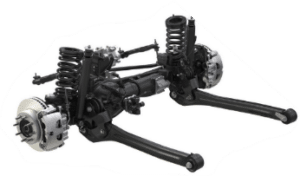
It happens in 4-link suspension setups, which offer a better ride and more articulation but also have a few drawbacks, including the potential for steering wobble.
What Causes Steering Wobble?
It often occurs after installing bigger wheels/lifting a vehicle, which can roll the axle forward and change the caster angle. Many knock-on problems can occur since the geometry of the vehicle has been altered. Steering wobble can also be caused by any one (or a combination) of the following:
- Worn-out steering/suspension components
- Bent tie rods
- Loose wheel bearings
- Loose brackets or hardware
- Improper installation of steering linkage
- Bent wheels or out-of-balance tires
- Improper wheel alignment
- Low tire pressure
- and much more
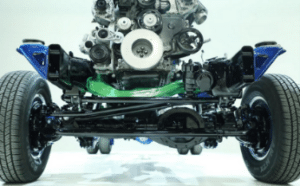 Steering wobble can lead to other problems, including issues with the tires, bearings, ball joints and bushings, so it needs to be addressed.
Steering wobble can lead to other problems, including issues with the tires, bearings, ball joints and bushings, so it needs to be addressed.
Perfect Parts in an Imperfect System
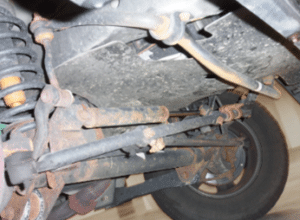 On aftermarket vehicles, most of the components have experienced the same amount of miles and wear, for example two tie rod ends that are warped. But if you only replace the one that is showing play, you are not addressing the complete problem. When diagnosing and fixing steering wobble, it is important to evaluate the entire system and not just look for the weakest link, since the other tie rod and all the other components, from linkages to bushings, would likely have similar wear.
On aftermarket vehicles, most of the components have experienced the same amount of miles and wear, for example two tie rod ends that are warped. But if you only replace the one that is showing play, you are not addressing the complete problem. When diagnosing and fixing steering wobble, it is important to evaluate the entire system and not just look for the weakest link, since the other tie rod and all the other components, from linkages to bushings, would likely have similar wear.
For the sake of the customer and the health of the vehicle, investigate all the parts that wear together. And don’t forget to check the control arm bushings, which may be worn or need to be switched out for more substantial ones, especially if the vehicle has been lifted (or lowered). Bushing bind can occur if the ride height wasn’t reset when the vehicle was modified, leading to premature control arm bushing failure and the associated customer comebacks for noise, tire wear and more.
Steering Stabilizer Myths
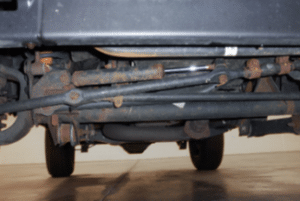 A steering stabilizer is essentially a shock absorber that connects from the vehicle frame to the steering system, to help absorb back and forth movement. In some cases it is installed by the OEM and in other cases it is an add-on.
A steering stabilizer is essentially a shock absorber that connects from the vehicle frame to the steering system, to help absorb back and forth movement. In some cases it is installed by the OEM and in other cases it is an add-on.
Can it fix steering wobble? Maybe. But it would be more of a temporary fix. The stabilizer may not cause the wobble, but it may allow it to happen while keeping it under control. Eventually, the wobble may cause the steering stabilizer to fail. So simply replacing the stabilizer won’t necessarily fix steering wobble but it can help safeguard the other joints in the steering linkage and help them to absorb any big impacts.
Diagnosis & Repair
 Clean the area before assessment (right).
Clean the area before assessment (right).- Begin with the basics, such as checking the pressure on all 4 tires. Start from the outside first before looking in.
- Test don’t guess. And don’t be afraid to test with the vehicle still loaded. With wheels on the ground and the engine/power assist off, have someone turn the steering wheel in a dry park test while you look for any play underneath.
- Avoid aggressive disassembly/reassembly techniques:
- Use the right tools for the job to prevent injury or damage.
- Torque all fasteners to spec.
- Clean up rusty, dirty mating areas:
- Prepare the mating areas of parts and areas where seals operate.
- Be wary of worn out, damaged bores.
- Replace in pairs:
- This goes for shocks, springs, bearings, bushings, tie rods, etc.
- Don’t forget to check for lube points:
- This includes ball joints, tie rod ends, pitman and Idler arms (idler arm brackets) and u-joints.
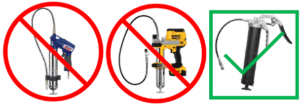 Avoid over-lubing:
Avoid over-lubing:
- Boots are not grease reservoirs.
- Avoid electric or pneumatic grease guns.
Summary
Overall, when diagnosing and repairing steering wobble, remember:
- Look at the entire system holistically.
- Go through it systematically.
- Don’t get frustrated.
- Also, go back to whatever was touched last (by the customer, by another technician or even by yourself).
Want to know more? Watch the webinar, No More Shimmy & Shake: Diagnosing Steering Wobble.
